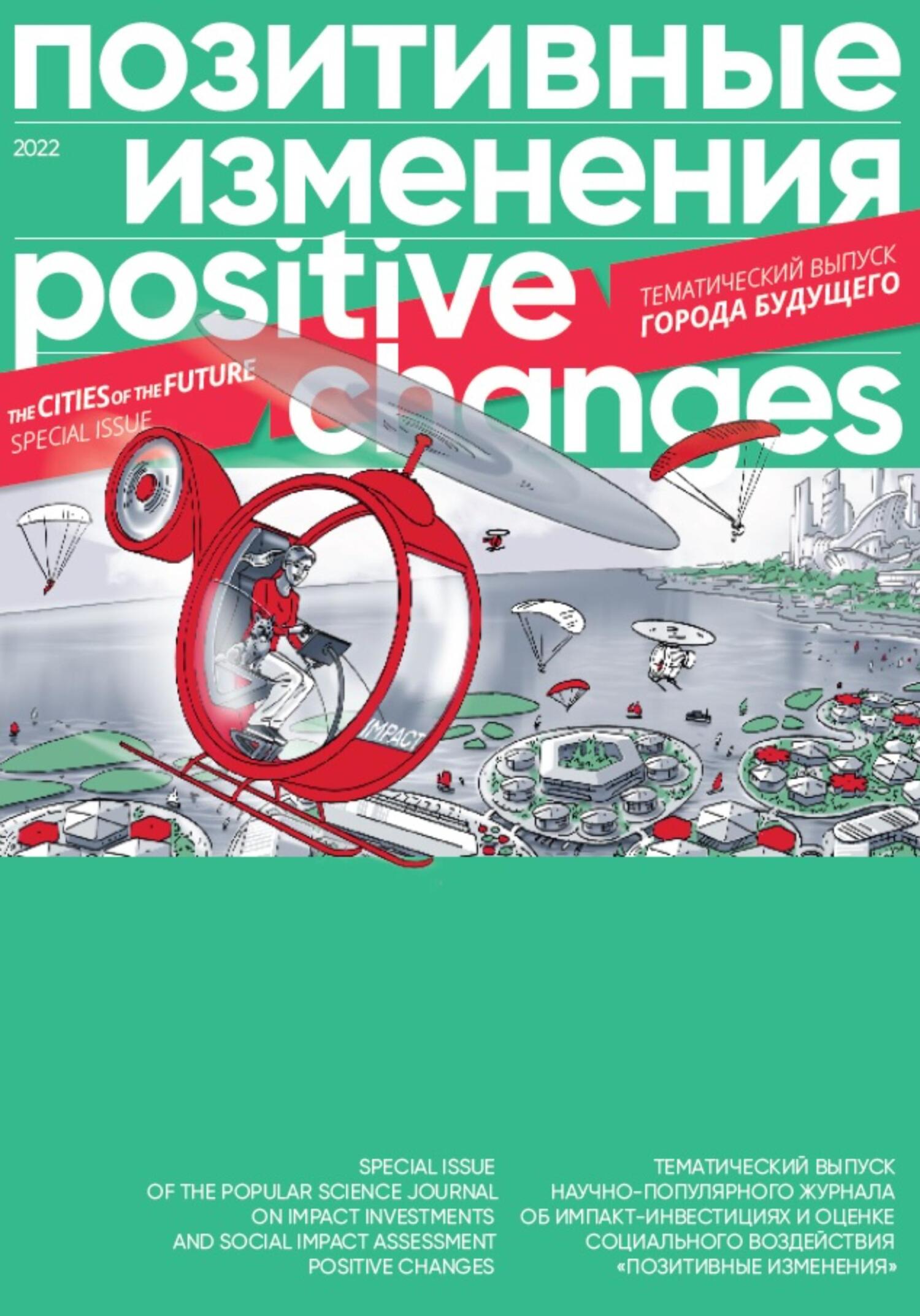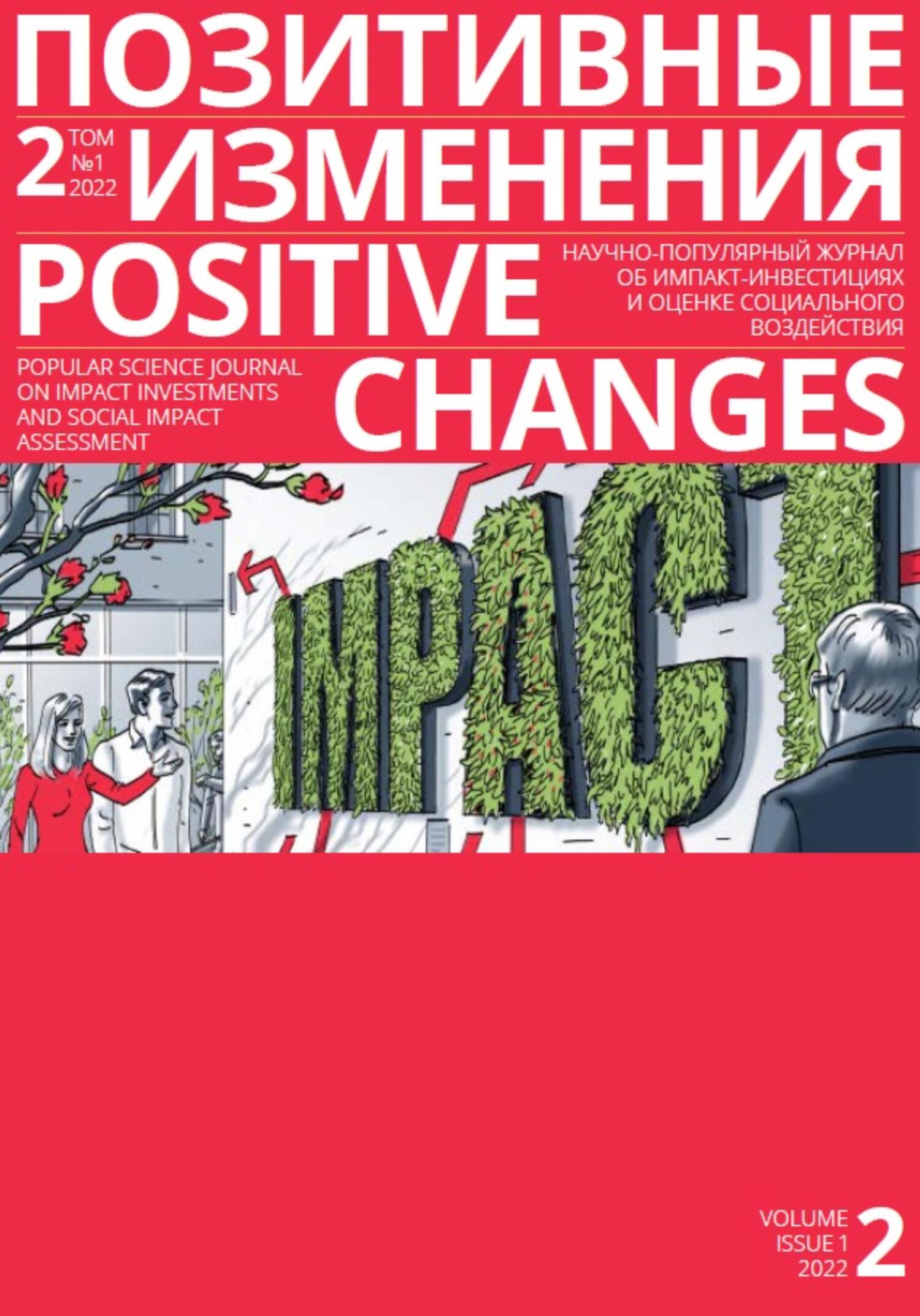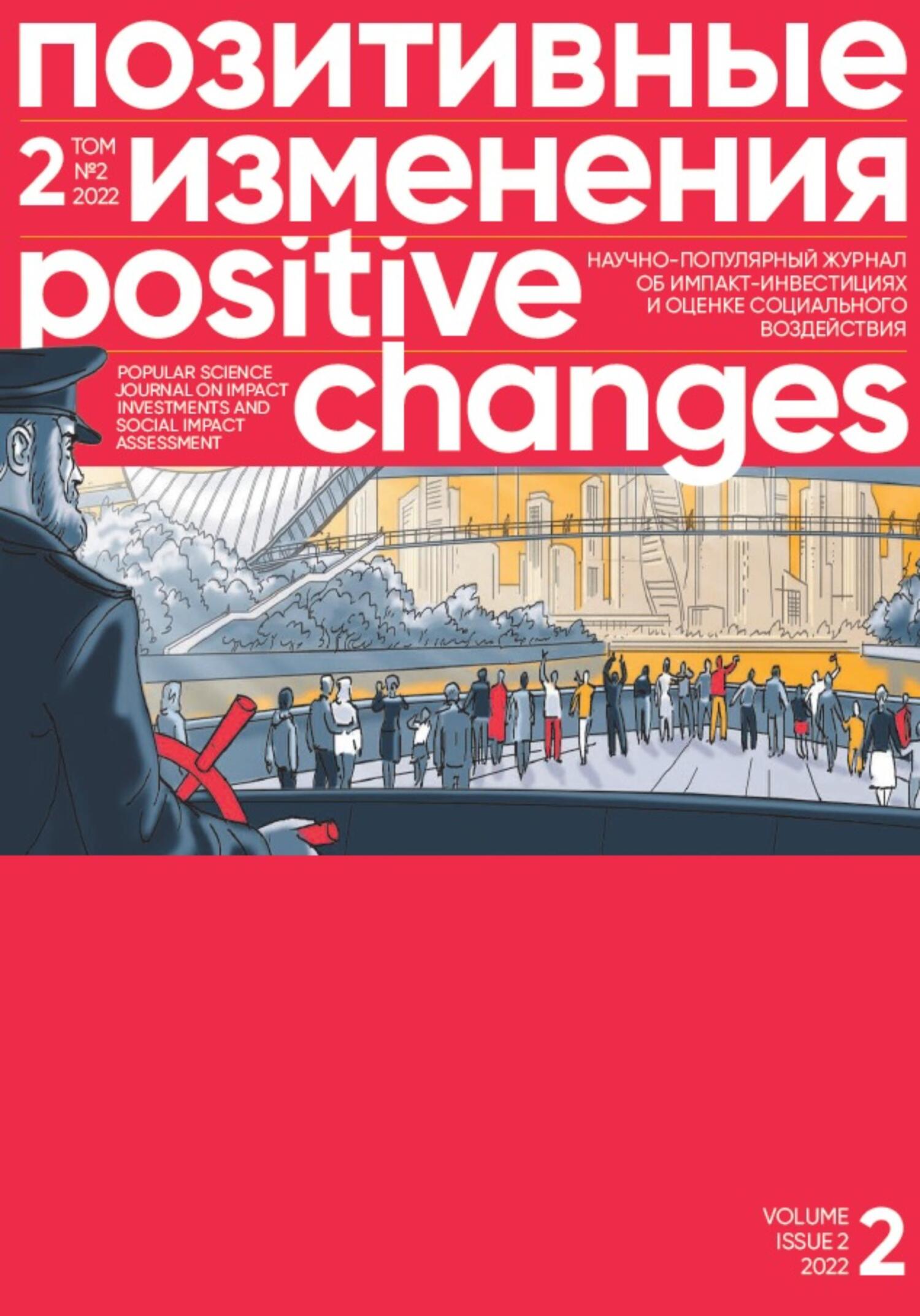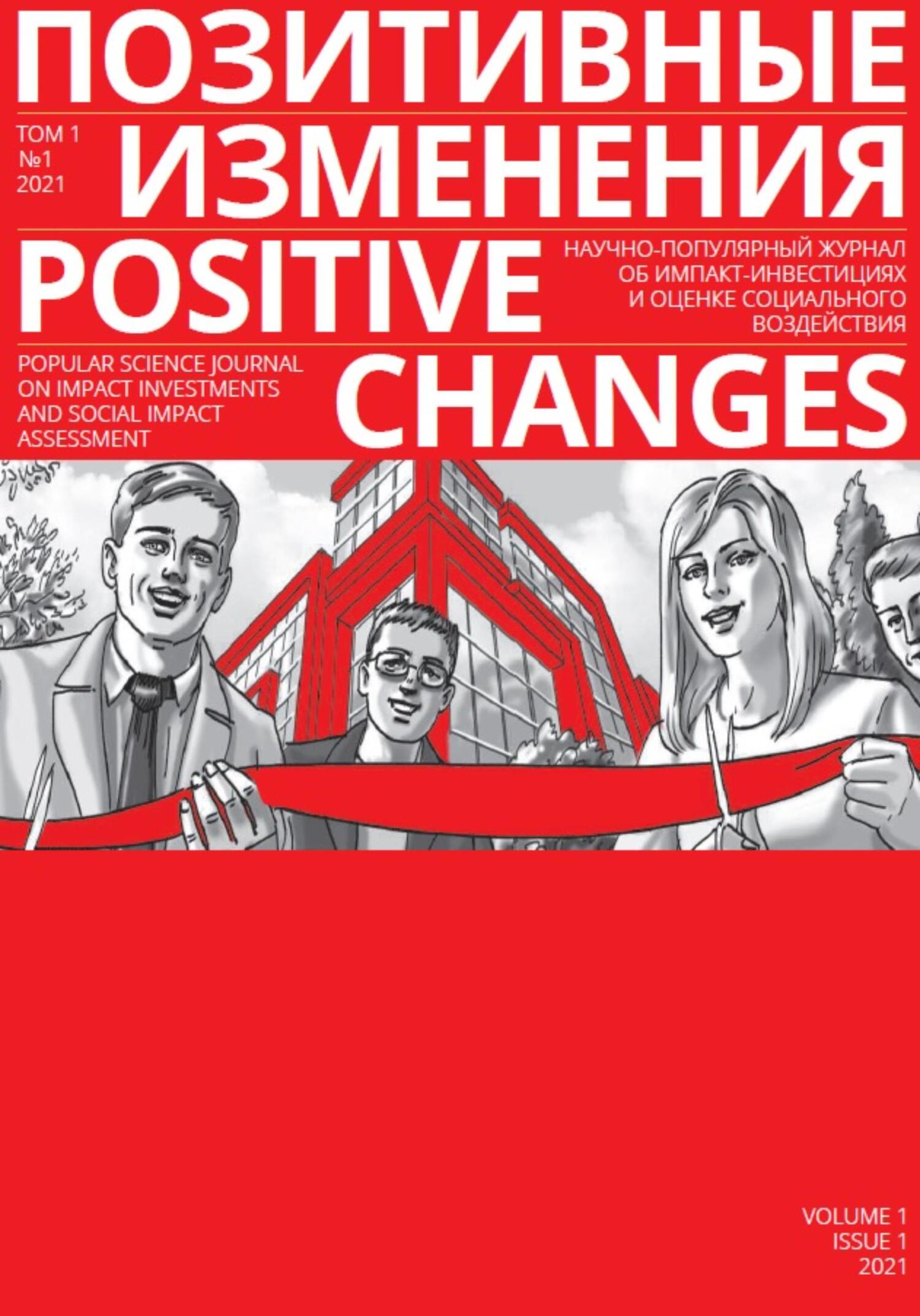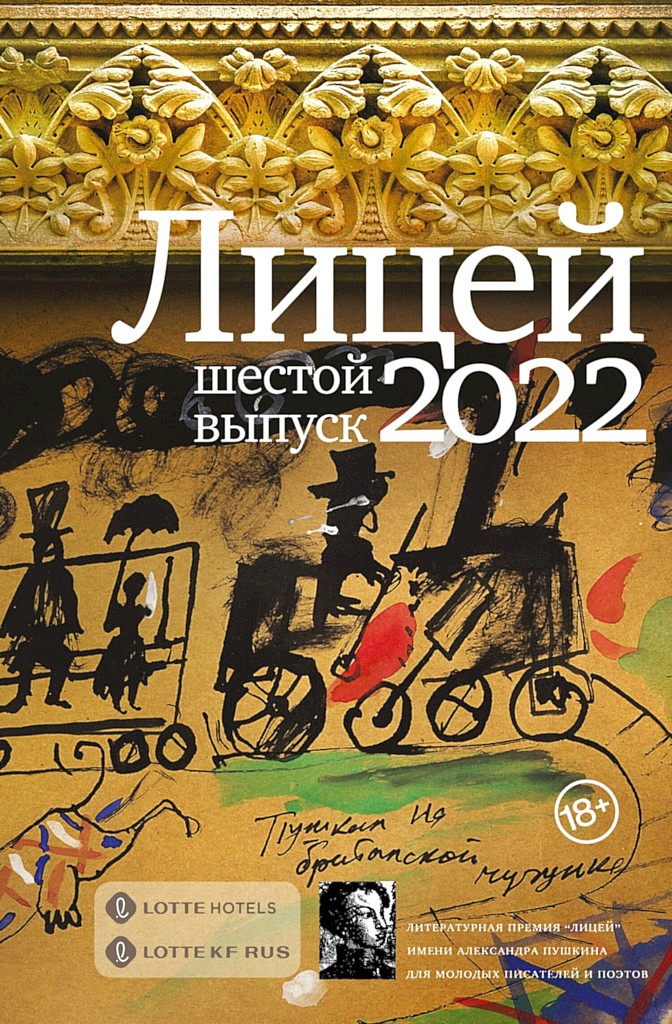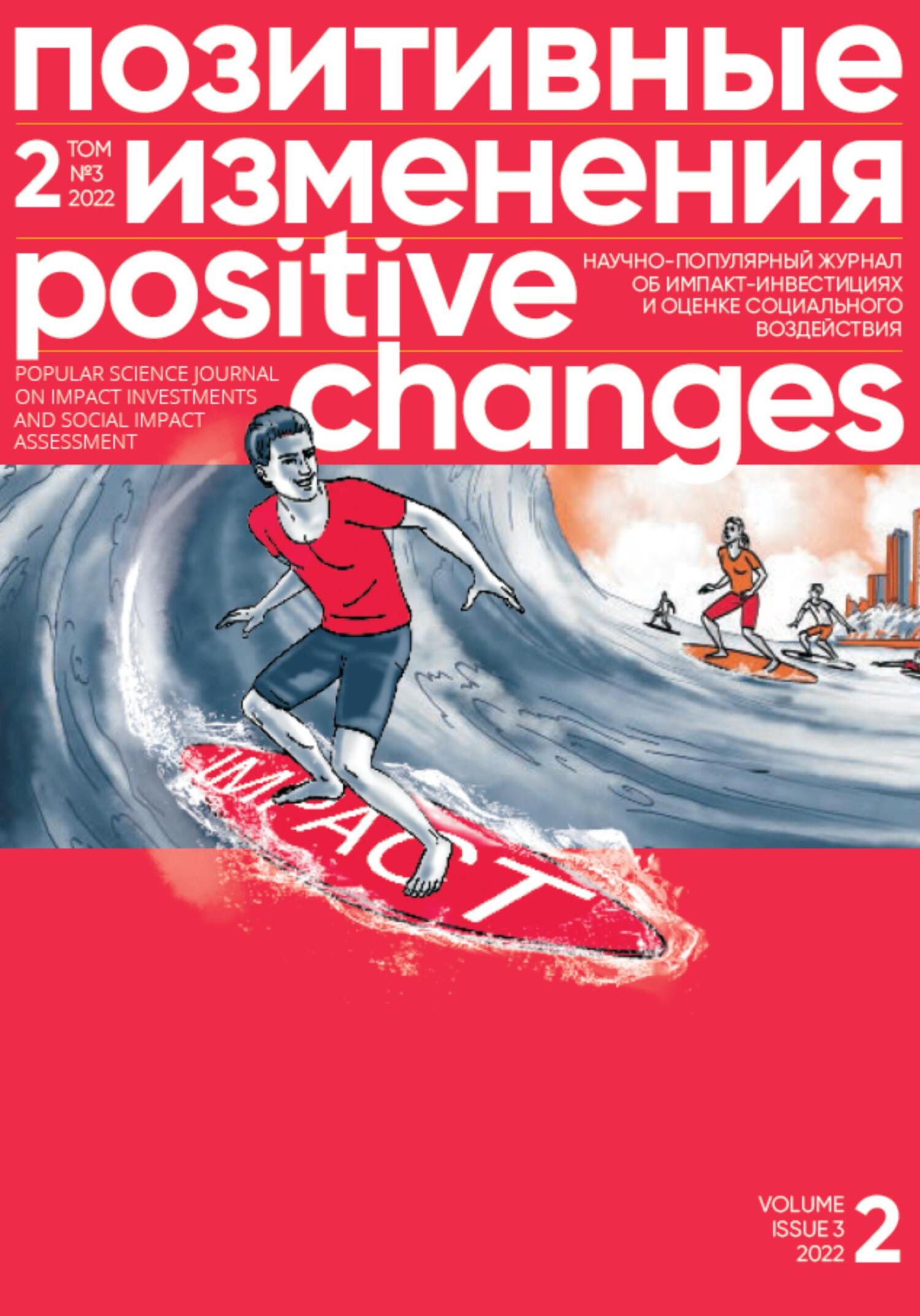Г. Н., Гаврилова, Н. В., Шульга, И. Е. & Сухова, А. С. (2020). Практики партисипаторного бюджетирования в малых городах. Москва: Алекс.
The "Foundation" of the City of the Future: Key Trends and Design Approaches
Vladimir Vainer, Ivan Smekalin
DOI 10.55140/2782-5817-2022-2-S2-30-41
The concept of the City of the Future is the concept of integrated urban development, which implements a systematic approach to sustainable development and ahead-of-the-market conceptual and planning solutions to create a comfortable, safe and environmentally friendly urban and social environment. Experts from the Positive Changes Factory offer their vision of what the approaches to developing concepts for the City of the Future might be.
Vladimir Vainer
Director, Positive Changes Factory
Ivan Smekalin
Analyst, Positive Changes Factory, MA in Sociology student (EHESS, Paris)
The topic of the "City of the Future" was actively developed by famous architects throughout the twentieth century in many countries. Cities of the future appeared in the descriptions of numerous literary works and on movie screens. The topic got a new lease of life in the twenty-first century with the emergence of new technological and social solutions. Today, the term "city of the future" has a dual meaning and application: it is used to refer both to real projects using actual urban planning and technological solutions, and to conceptual projects of an exploratory and research nature.
Conceptual projects are interesting because they do not operate with a set of tools and techniques that can be implemented today, but provide an opportunity to look into the future, which so far is a likely prospect, depending on the development scenario the humanity chooses in the next decade.
ARCHITECTURE AND URBAN PLANNING OF THE FUTURE: KEY TRENDS
BIOPHILIA
British architect Norman Foster, winner of the Pritzker Prize (considered the equivalent of the Nobel Prize in architecture) is most commonly called as the architect of the future. It was Foster who in the 1970s modeled an energy-efficient hi-tech building made of glass and steel. However, today his ideas of architecture are based on the concept of "biophilia" — the natural proximity of people to nature and natural materials. The architecture becomes focused on the principles of a focus on health, a connection to well-being and a holistic perception of the building. The architect’s skyscrapers can be perceived as vertical cities, where floors act as streets with full social infrastructure, which is located not just on the lower floors.
NON-EXTRACTIVE ARCHITECTURE
The biophilia element aligns well with the notion of "non-extractive architecture," a new type of architecture that does not deplete the Earth’s resources. Its concept was presented by Joseph Grima, co-founder of the Italian research studio Space Caviar, at Dezeen 15 festival The key idea is that architecture should not create external negative effects for third parties. This applies not only to carbon emissions and energy consumption issues, but also to ecosystem sustainability, community preservation, and avoidance of labor exploitation. The author of the concept says that the construction industry generates 40 % of carbon emissions, and Western companies claiming sustainable development actually outsource the negative effects — that is, they still cut down forests, but not in their home countries, but in the countries of the "Global South." Timber transportation further adds to environmental damage.
"YES IS MORE".
Speaking of innovations in urban planning, it is impossible not to mention Bjarke Ingels of Denmark, who is also often called the architect of the future. The principles of Ingels’ projects are: to build for eternity, not for "disposable" architecture; a large landscaping area; multifunctional nature (from social infrastructure in residential complexes to a sports and entertainment complex on the roof of a garbage incineration plant). Ingels himself says that he designs a living environment with the psychological needs of the individual in mind and with the creation of benefits for society. In his manifesto [23], presented in the form of a comic book, the architect cites the evolutionary formula "survival of the fittest" and proposes an architecture that can help humanity adapt to the changes of the future. The title of the manifesto is "Yes Is More", meaning that by saying yes to society, one is saying yes to oneself and the future.
Another interesting element of Bjarke Ingels’ philosophy, which can be applied to all potential projects of the city of the future, is that the city is not finished content; it is a form, which can be adapted to conditions that are unknown in advance, and take into account the public good.
THE 15-MINUTE CITY
The concept of the 15-Minute City is that all the places a resident needs are within a 15-minute walk or ride by last-mile transport [24] (bicycle, scooter, electric scooter, etc.). Places for living, study, work, recreation, sports and health facilities are not divided into "bedroom" communities and business districts, but are mixed within the framework of a single district, thus avoiding daily commute.
The concept emerged during the development of the New York City master plan in the 1920s and had the following characteristics:
• only local roads can be located within a neighborhood, and all highways must be placed outside the neighborhood;
• the school must accommodate all children in the neighborhood and be accessible without crossing major roads;
• each neighborhood must have its own park;
• stores should not be located in the center, but on the perimeter of the neighborhood.
In 2021, this model was revived during the discussion of the master plan of Paris with the social researchers. The authors claim that it is designed to increase proximity and social interaction, as well as to boost solidarity and good neighborly relations (Moreno et al., 2021).
This was also the logic behind the "Cities of the Future" concept proposed by the Gladway Foundation for the Development of Media Projects and Social Programs. In 2016–2020, as part of
